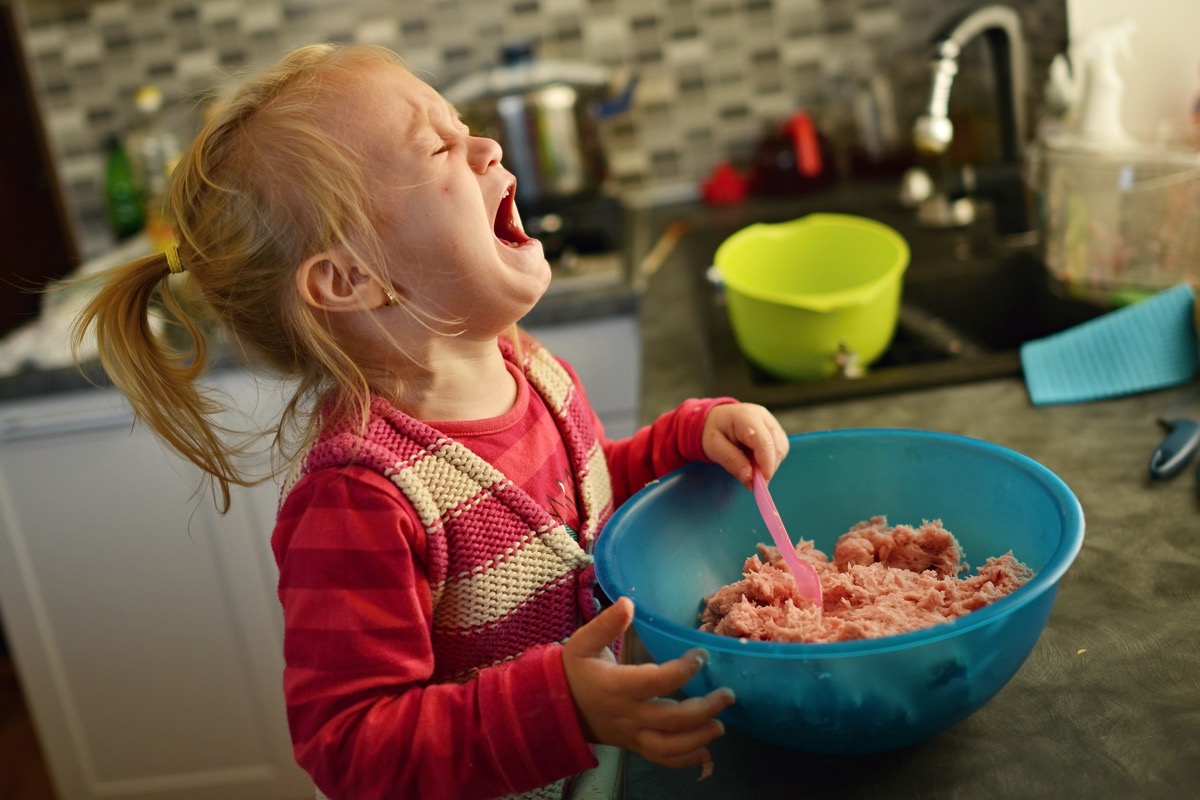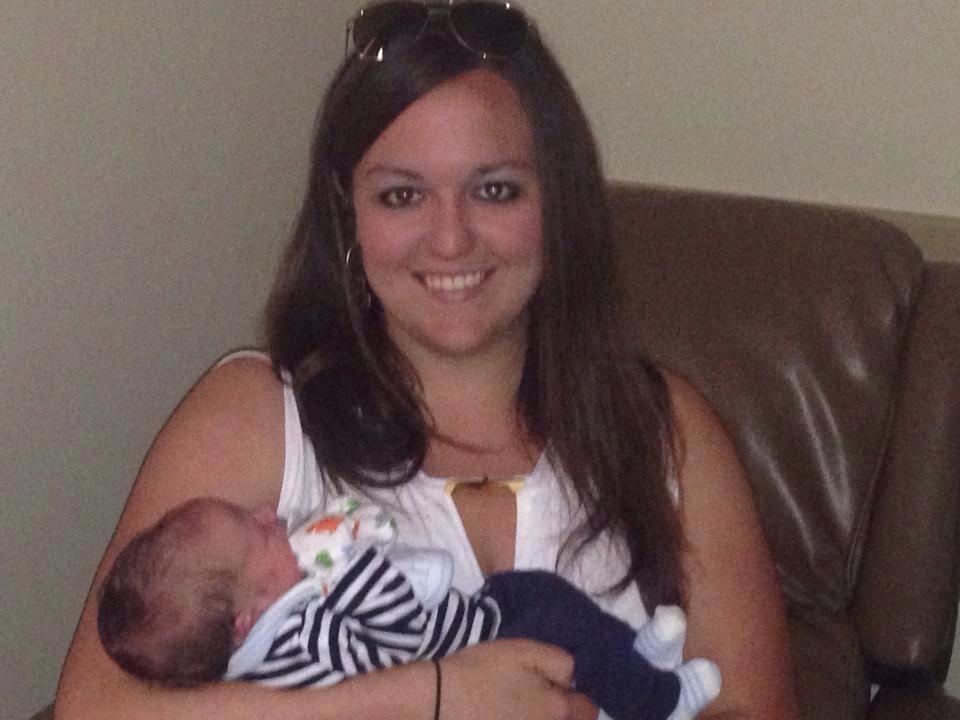Life can feel a little extra hard when it’s your toddler who has a fever. While not as serious as fevers in infants below 24 months of age, toddlers with fevers should still be carefully managed. At this young age, their bodies are less able to cope with stress and illness and they become seriously sick more easily. When you suspect your child has a fever it is important to monitor them carefully. In this guide, we’ll give you tips on when doctors consider your child to have a fever, what you should do about it, and the serious signs of a high-fever emergency that you should look out for.
When Is It a Fever?
For toddlers, you can use an oral thermometer. They are old enough that rectal thermometers are not necessary and young enough that they cannot use an ear thermometer. If there is some reason you cannot use an oral thermometer on your toddler, an armpit reading is typically accurate too.
Toddlers have fevers when their temperature is 100.4 degrees Fahrenheit or higher.
Serious fevers are from 102 – 105 degrees Fahrenheit. Temperatures higher than this are medical emergencies.
When Is a Fever an Emergency?
A fever is an emergency if it is 105 degrees Fahrenheit or higher. However, there are circumstances when a lower fever could still be a medical emergency for your child. For example, children who have a history of seizures may need treatment for any fever. So may children with blood or immune disorders.
Or the illness that is causing the fever may turn into a medical emergency. This is especially likely for children who are not up to date on their vaccinations–even if it is not your fault that they aren’t.
Signs that a fever has become a medical emergency worthy of calling 911 are:
- Your child has blue lips or skin
- Your child has a seizure
- Your child is limp or unresponsive
- Your child has both vomiting and either a headache or stiff neck
- Your child has a rash that looks like bruises, but they do not go white when pressed
When Is a Fever Worth a Trip to the Doctor?
A toddler should be brought to the doctor’s office, but not necessarily the emergency room, if they have a fever at or over 102 degrees Fahrenheit. But, even lower fevers may warrant at least a call to the doctor’s office. Signs that you should talk to your physician about your child’s condition include:
- Your child also has a fever or a rash.
- Your child’s soft spot on their skull is bulging or sunken.
- Your child is vomiting repeatedly.
- Your child has severe diarrhea.
- Your child has signs of dehydration: dry mouth, crying without tears, urinating less or not al all, or other dry mucous membranes.
As always, you’re the parent and you should trust your gut. If you think your child needs to be seen by a doctor, you should reach out to your physician. It’s always better to go in when you don’t need to, rather than delay and potentially allow your child’s condition to get worse. The best doctors understand and encourage parents to follow their instincts, even though it occasionally makes some false alarms. Afterall, “your child is fine,” is what doctors want to say.
How to Manage a Fever in Toddlers
So, the fever isn’t worthy of a trip to the doctors, but you still want to keep your little one as comfortable as possible and help him or her get healthy faster. What can you do to manage a fever in a toddler?
- Bath time: Bathing your child in lukewarm water may help to control their fever. Plus, for children who like the bath, it can be comforting. Do not use cold water, or ice, as this can harm young children. If your child starts to shiver, you should stop.
- Avoid layers: It’s natural to crave blankets and snuggly pajamas when you’re sick. However, if you give in to your child’s desires to cuddles, you’ll be helping them retain more heat, and that can make a fever worse. Try to stick with light pajamas and light blankets, or not blanket at all if your child’s temperature is rising.
- Drinks: Dehydration can make fevers serious, so it is important to get your child drinking. If water won’t tempt them, offer juice or popsicles. For a child with a fever, a popsicle can be an especially comforting option.
- Medicine: If your child has had acetaminophen (the child version) before, then you can give them some to help keep the fever under control. If they have not had this medication before, then you should speak to your doctor to ensure it is safe to give it to them. As always, do not give any child aspirin, as it may cause Reye’s syndrome.
You may have heard the old wives’ tale that alcohol can help a toddler with a fever. This is not true, and alcohol harm your child.
Besides just general comfort, the best way to help a child with a fever is to try to give them lots of rest so that their body has the energy it needs to fight off their illness. We hope your little one gets better soon.
Note: This is anecdotal advice based on personal experience and should not be considered medical advice in any way. Always talk to your family doctor or go to the hospital in the case of an emergency.





Leave a Comment